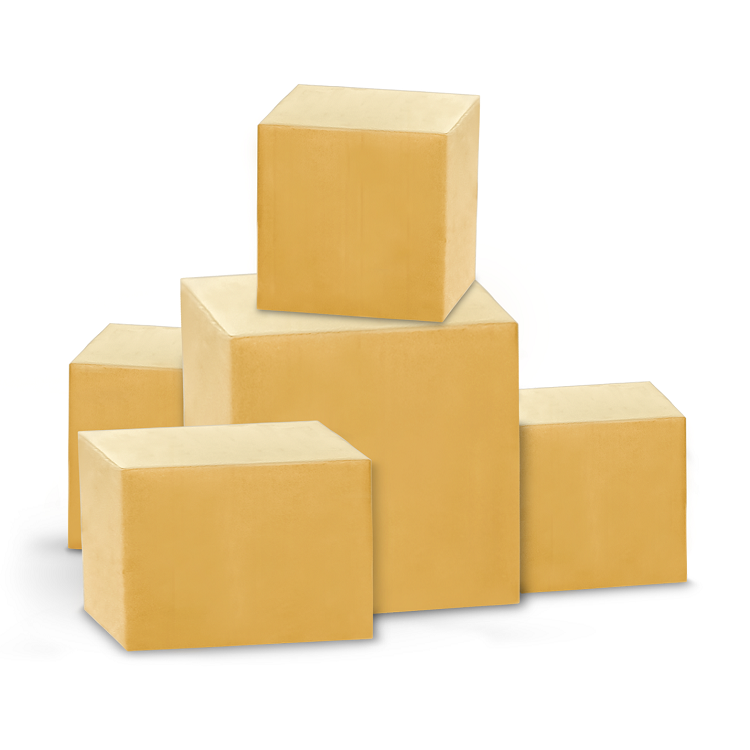Everyone will agree that in terms of sending parcels and packages, the right packaging material is vital. When you choose materials of low quality, this can lead to problems – and the worst-case scenario is having the item inside damaged or broken. If your business is involved in sending out packages regularly, such as an online shop or a retail company, you need to ensure that your parcels are correctly packed. Your packaging materials should also be good enough.
Here are some top tips for selecting packaging materials and packing your parcels properly.
Select the proper shape and size
First of all, select the proper shape and size for your packaging materials, especially your boxes. Selecting the wrong kind of packaging can be risky for the contents of your parcel, but if you carefully consider what it is you are sending, you should be able to figure out the right packaging materials. For instance, if you are sending fine grains and powders, place them in sturdy plastic bags, make sure they are sealed securely, then place the bag into a high-quality box made from cardboard or kraft board. If you are sending maps and blueprints or plans, use triangle-shaped tubes (not cylindrical tubes).
You can place other standard items in cardboard or white postal boxes made with kraft board so all bits and pieces will be secure and safe.
In terms of size, make sure the boxes are correctly filled – fill them too much, and they may burst, but fill them too little, and they may collapse. The contents of each box should fit well within the box, with a space of 5 centimetres from the sides filled with padding.
Think about the box’s strength and the cushioning for the item inside and use boxes with quality liners. If the items are a bit fragile, consider using double-layered or walled boxes.
Pack the items perfectly
Since your parcel will be in transit, it’s normal to expect it to go through some shocks. You can avoid damage to the contents by wrapping items individually using bubble wrap. You should also keep fragile items right in the box’s middle. Cushioning the goods is essential, so place padding or cushioning on the bottom, then follow this with a cardboard layer before putting the item inside. If you want the item protected from the top, place more cardboard on top of the cushioning so everything will stay in place.
Complete your parcel with the proper finishing touches
Once you have placed the item or items inside the box, close the box’s flaps whilst ensuring that no padding can escape. You can then seal the parcel or package using parcel tape or nylon tape that’s 5cm in width. If you have a heavy parcel – especially if it’s over 25kg – inform your courier about this and mark it as ‘heavy.’ This will not only save your courier’s back, it will also help you avoid accidents such as the courier dropping it due to its weight. Avoid using cords or strings as they can become tangled. Just place your customs info, shipping label, and address on the box’s surface but try not to put it on top of the parcel tape so it doesn’t accidentally get torn off.






